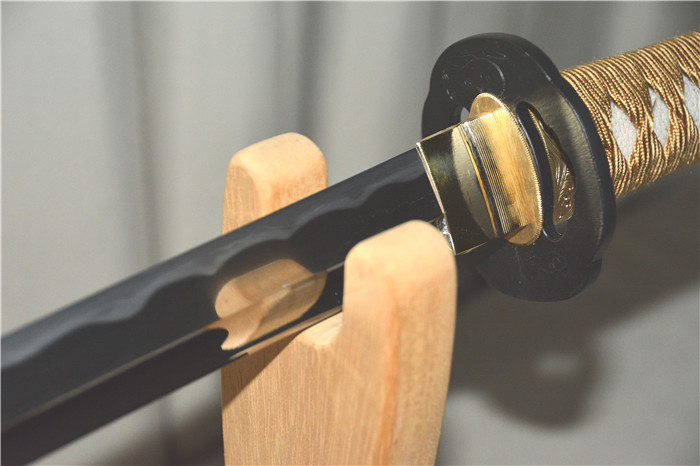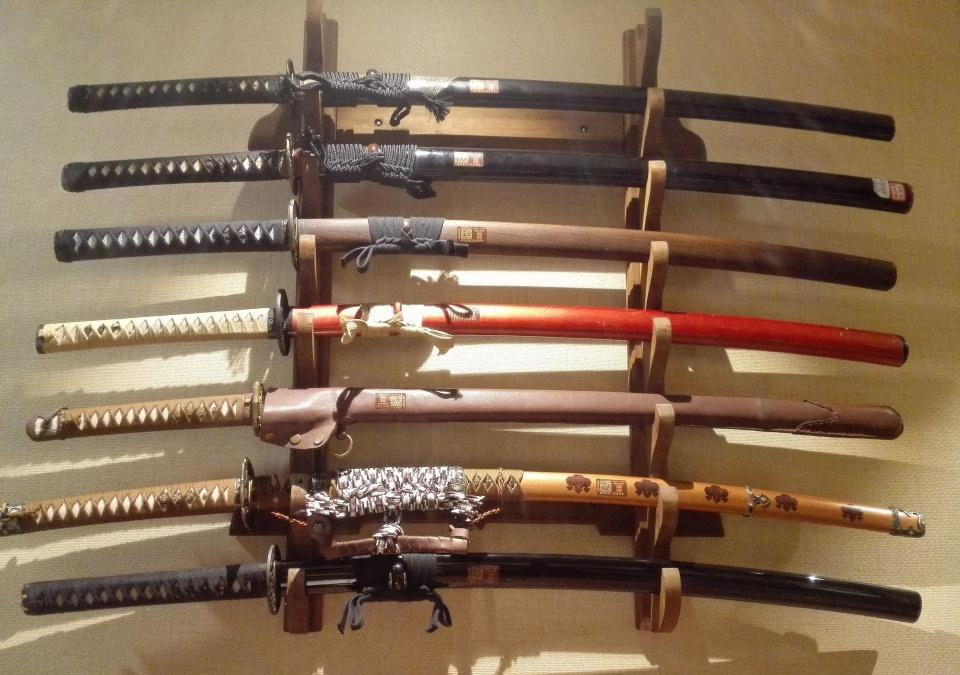How to display the katana correctly?

No matter how active you are in martial arts, your katana will probably spend most of your time on display-it doesn't matter. A high-quality katana serves as the focal point, sparking a conversation with anyone who sees it. However, there are a few things you should know about the display of katana.
katanakake
There are dozens of different display cases and stands where you can place katana. However, the most popular one is katanakake. A katanakake is essentially a wooden frame with a pair of hooks to hold one or two swords. In feudal Japan, the samurai put their swords on the hanger before entering the building, although the design of the hanger was slightly different.

Cutting Edge Facing Up
Traditionally, Japanese swords (such as katana) are displayed in the same way as they are worn. Because the katana is worn with the blade facing upward, it should also be shown with the blade facing upward.
Some people think that showing the blade up will help protect the blade from damage, but this is not necessarily true. Showing the katana with the blade facing up is a way of "respecting" the sword. This can be traced back to feudal Japan hundreds of years ago, during which time it was the standard way of displaying katana. Since then, the tradition has persisted, and both martial arts practitioners and sword collectors continue to display their katana in this way.
Tsuka on The Left or Right?

From a functional point of view, there is no difference in displaying a katana with tsuka on the left or right. You can display the samurai sword with tsuka on both sides without worrying that it will negatively affect the blade or other components.
Having said that, the traditional Japanese etiquette says that the samurai sword with the mound on the left represents peace, and the sword with the mound on the right represents battle preparation and fighting ability. Suppose you display your katana at home, either way is completely acceptable. However, if you show it in the dojo, you should ask your teacher for advice.
No matter how you display the katana, it is important to clean, polish and oil it regularly. Over time, dust, debris, and moisture can deposit on the blade, which can cause rust. However, by cleaning and oiling your katana, you can protect it from such damage.
Discover the many attractive options available for Katana swords and custom swords.
Want a unique sword? Feel free to contact us:
Phone: 086 13739276006
Email: [email protected]
Website: www.hanbonforge.com
Custom Sword Page: www.hanbonforge.com/CUSTOM-SWORDS/Custom-Your-Own-Swords

2 Comment(s)
2nd sword from the bottom is a Tachi, and should be displayed blade edge down. Nihonto are displayed in the same orientation worn by the Samurai, Tachi were used on horseback, and worn blade edge down. https://www.hanbonforge.com/BLOG/How-to-display-the-katana-correctly
Greetings,
Thank you for the knowledge you give. My problem is that I need to know and understand the story of an artifact. I now have a Sword from WW2, it was said to be a 300 year old blade in military furniture, there are no markings on the tang and my question is what I have, based upon photos. To me, I needed a war artifact. Your consideration is appreciated.
C Newport
Leave a Comment